The number of registered
animals is growing every day
Published: Apr 24, 2020

This short article presents important information which is sure to come in handy for those of you struggling with dog allergies. While dogs in general seldom trigger allergies, it is a good idea to check if you or your children are not allergic before adopting a four-legged friend to avoid the pain of having to give it back.
Let us begin with debunking the common misconception that there are dog breeds which do not induce an allergic reaction. Sadly, an allergy is not a reaction to dog hair, but to an allergen which is present on the animal's skin and in its bodily fluids. Therefore, if you ever see an ad claiming that a certain breed does not cause allergies (because it does not have a coat or never sheds, for example), take it with a grain of salt as EVERY BREED CAN CAUSE AN ALLERGIC REACTION.
It is true that greater quantities of the allergen will be left around if the pet sheds a lot of hair compared to breeds which do not shed at all. Therefore, if you want to minimise the spread of the allergen, choose a breed which sheds as little hair as possible, and remember that, just as there are no dogs which do not trigger allergies, THERE ARE NO DOGS WHICH NEVER SHED!
Every single hair eventually falls out and is replaced by a new one. The shedding process is different for every dog, however, and depends on such factors as genetics, environment, climate and temperature, breed, type of coat, and gender. Some breeds shed a lot of hair during a particular season, other breeds shed very little at a time but all year-round, and some shed in barely noticeable quantities.
– as shedding is controlled by hormones. Females shed more when in heat and after giving birth, which is independent of regular seasonal shedding. This can be reduced to a degree by spaying.
– breeds which do not have an undercoat shed seasonally and in low volumes. This is not the case for breeds with a thick undercoat. Double-coated dogs which live indoors shed year-round to a varying extent. Such breeds include:
Companion animal websites promote several dozen dog breeds which are said to be hypoallergenic. These lists are often compiled with marketing needs in mind, which should be taken into account when making the choice.
Below are 11 breeds selected by AKC as the safest for people with allergies:
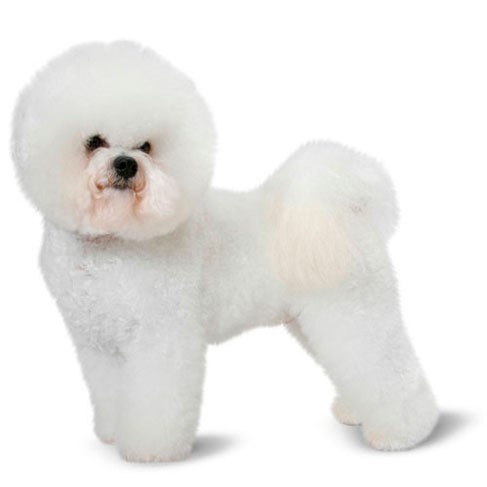
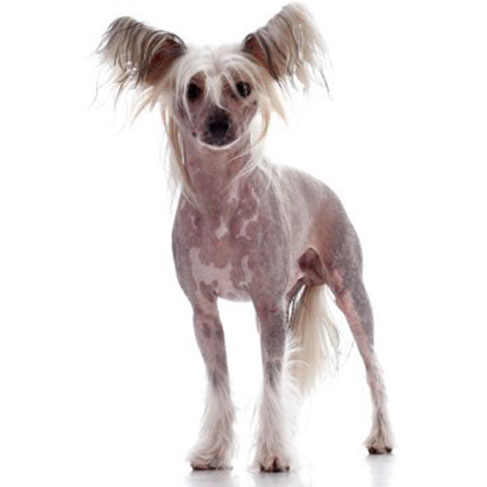
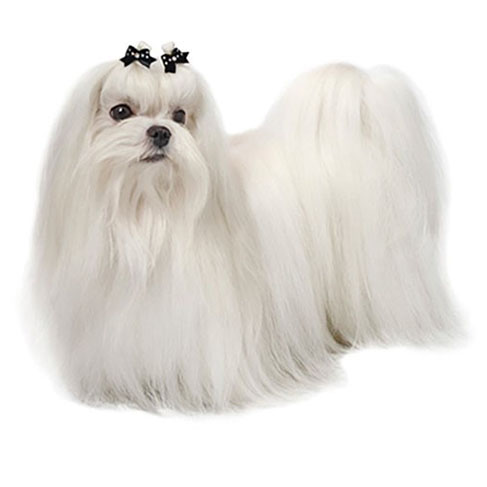
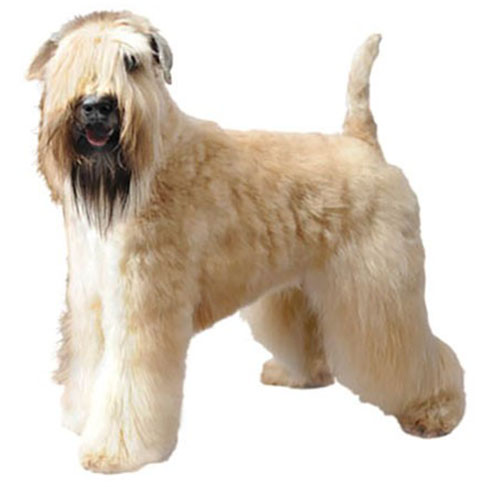
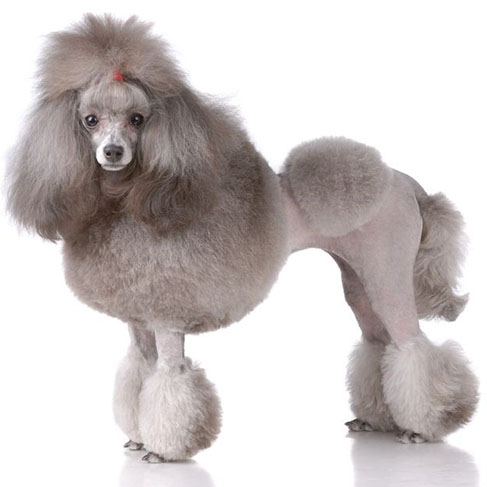
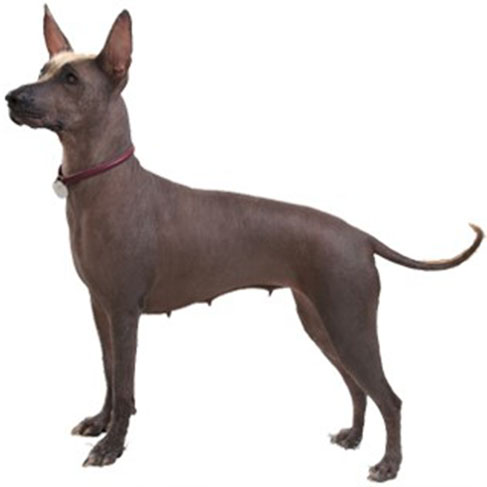
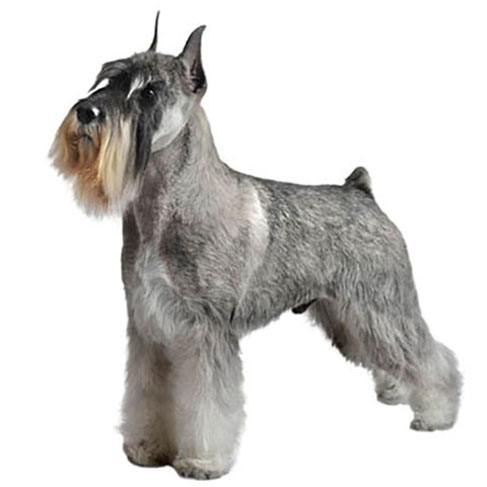
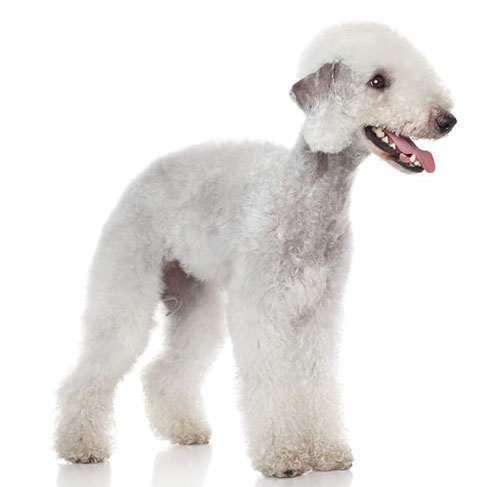
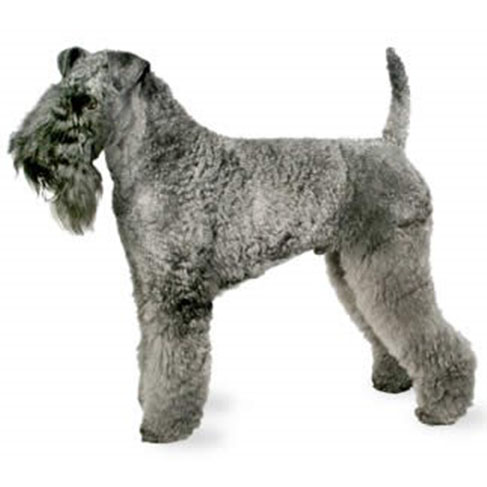
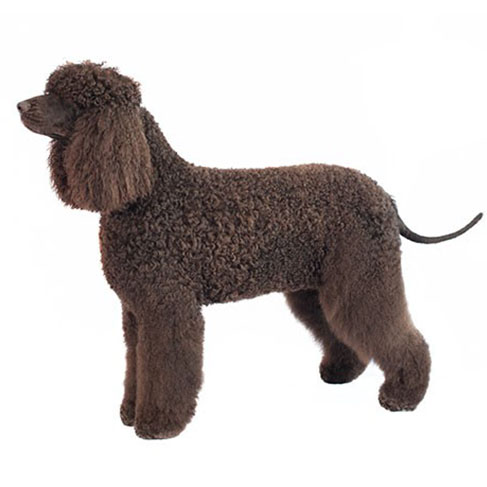

If you want to reduce the amount of allergens in your house, regular cleaning is required regardless of what type of coat your dog has – this applies both to your pet and your house. Depending on the type of hair, your dog may need to have its hair trimmed, cut or brushed on a regular basis, and it also needs to be bathed regularly – if possible, this should all be done in a different building or at least in a room which is not used by the person who is allergic to dogs. Use a special vacuum cleaner equipped with a special filter and allergen-deactivating agents made for people suffering from allergies.
If you neglect the hygienic aspect, even the least allergy-inducing breed will not help you!
No, there are no dog breeds that are completely allergy-free. Allergies are a reaction to allergens present on the skin and in the animal's secretions, not to the fur itself.
Breeds that shed less and may be a better choice for allergy sufferers include: Bichon Frise, Chinese Crested, Maltese, Poodle, Mexican Hairless Dog, and Schnauzer.
Yes, regular brushing, bathing, and maintaining the dog's hygiene can reduce the amount of allergens in the environment, which may help alleviate allergy symptoms.



Marking animals with a microchip is the most durable, effective and completely safe method of quick and reliable identification. Every transponder (chip) has a unique number which enables instant identification of the animal and its owner, helping them reunite faster. However, it is important to remember that a chip is just a transponder with an encoded number. It is not a tracking device and contains no data about the animal or the owner! Therefore, in order to identify a chipped dog or cat, it is necessary that a microchip be registered in a national marked animal database...
Read moreIn today's world, responsibility for animal care has become not only a priority for their owners but also a societal issue. One of the most important tools in ensuring animal safety is the chip database. It allows for the quick and efficient recovery of lost pets, which is crucial for protecting their health and well-being.
The introduction of microchipping has significantly improved the effectiveness of efforts to locate lost animals, reducing stress for both owners and their four-legged friends. Registration in the chip database is increasingly required by local regulations, further highlighting the importance of this technology in ensuring comprehensive care for animals.